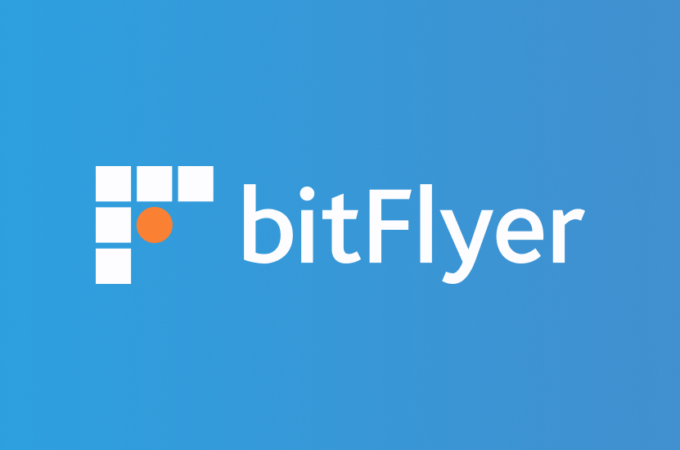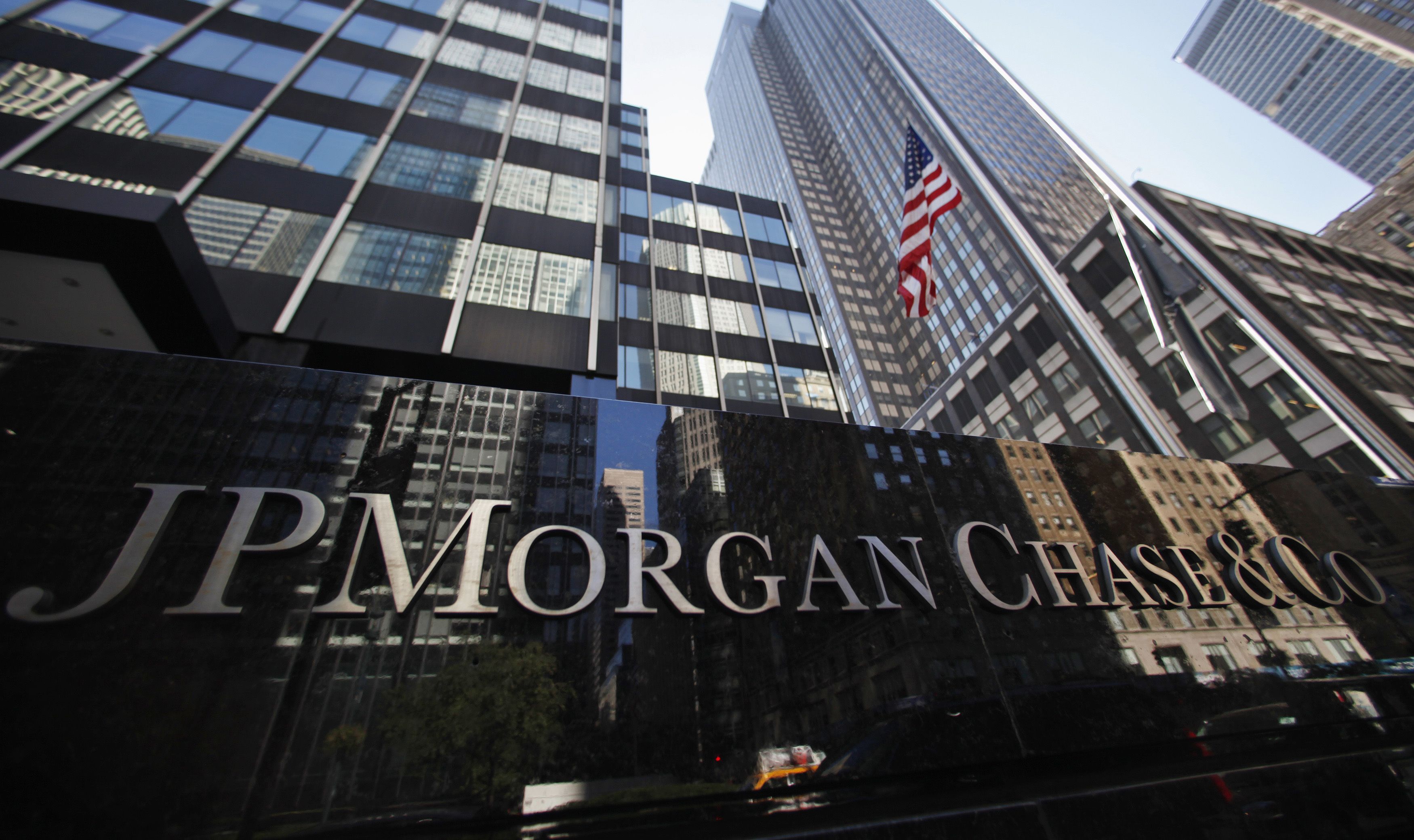
Fintechs’ Goals Are Changing, VCs’ Appetite Is Not
By Penny Crosman for American Banker
Late last year, we wondered if the fast-growing fintech sector was overheating. At that time, we thought the answer was a qualified “yes”— that some companies were overvalued and there were signs of a bubble forming.
Well, if there is a bubble, it sure hasn’t burst yet.
Global fintech investment rose 75% in 2015 to $22.3 billion, according to Accenture. In the first quarter of 2016, financial technology ventures received $5.3 billion in funding, a 67% increase over the same period last year, according to Accenture’s data, which tracks money from venture capitalists, private equity firms, and corporate investors. In North America, fintech investment grew 44% to $14.8 billion in 2015 and the U.S. continued to dominate the sector with 667 fintech deals, a 16% increase over the previous year.
As the fintech market matures, the dollars invested are shifting from startups that position themselves as disruptors to those seeking to collaborate with the financial services industry. And greenfield areas are being discovered for fintech investment, like insurance, blockchain and secured lending.
Boom Continues
“2015 was a banner year for fintech,” said Jay Reinemann, partner at Propel Venture Partners, the venture capital firm BBVA spun off earlier this year.
It was a bit bumpy. Fintech investment started with a small base in the first quarter of 2015, grew dramatically in the third quarter, then dropped in the last quarter, along with venture capital investment overall.
“That was directly related to the overall belief that yes, things are overvalued and overinvested — you saw that reflected in some public company IPOs that didn’t perform as expected,” Reinemann said. “There was a general belief that the private company valuations were too high. There’s lots of data out there that shows a significant correction on valuation data and how software companies should be valued. The first quarter of this year is kind of a rebound.”
One reason the fintech market continues to perform is “the fact that in the market overall, there’s a lot of money looking for good investment, with low interest rates continuing,” said Robert Gach, managing director of Accenture Strategy Capital Markets and co-founder of the FinTech Innovation Lab, an accelerator program for startups. “There’s an appetite for good investment” and a recognition that banking could still be improved by digital technology advances, he said.
Banks themselves invested $5 billion in fintech startups in 2015. That compares with an estimated $50 billion to $70 billion they spend on internal tech investment each year, according to the report. Banks are constrained because they have to spend 70% to 80% of their tech budgets on regulatory and compliance issues and face “profitability challenges,” Gach said.
The overall fintech boom reflects the trend of banks taking technology more seriously.
“Over the last two years there’s been a marked increase in interest in fintech at senior levels of financial institutions,” Maria Gotsch, president and CEO of the Partnership Fund for New York City, which works with venture capital firms. “It’s starting to get brought into annual reports. Many banks have set up innovation labs, and technology that was once looked at by the technology department has now moved further and broader within the organization. It’s a very different discussion than five years ago.”
Strongest Sectors
New money is going to areas of fresh opportunity for fintech startups, like insurance, secured lending through online platforms and blockchain technology.
Reinemann noted that venture capitalists look for opportunities where there are still profits to be made, and where there’s customer dissatisfaction, areas that are underrepresented and not overheated.
“There’s still lots of opportunity in different segments in lending that have to be fixed,” he said. “Mortgage is one that’s still ugly. It’s one of those areas where the migration to digital hasn’t happened so much, because it’s complicated and so it’s one of the harder things to break down.”
The insurance space has been heating up with big early-stage investments because “it’s been largely ignored and the insurance space is absolutely enormous,” Reinemann said.
Reinemann also favors the compliance and regulation technology space, where startups and banks alike can still use help dealing with know-your-customer and anti-money-laundering issues. “There’s an enormous amount of opportunity there,” he said.
Blockchain startups generated a lot of buzz in 2015 and received almost $1 billion in funding.
“Today we’re tracking 142 [blockchain] companies, and we’re seeing $932 million invested in those companies,” said Haskell Garfinkel, partner at PwC.
Blockchain and similar distributed ledger technologies could be used to catalog the buying and selling of almost anything that can be identified with a number. The top blockchain startups, in Garfinkel’s view, are applying the technology toward funds transfer, remittance and bill pay, settlement and clearing, securities and commodities exchanges and alternative investment exchanges.
Rise of the Collaborators
Investment is shifting to collaborative fintech companies — those providing a product or service banks could use or willing to partner with them — rather than aspiring Ubers. In 2015, investment in fintechs wishing to collaborate with the industry increased by 138%, representing 44% of all fintech investment. Funding for fintech companies looking to compete with the old guard increased only 23%, according to Accenture’s report.
The disruptors that arguably started the modern fintech movement, Simple and Moven, have gone to the collaborator side — Simple was acquired by BBVA and Moven has become a software company that works with financial institutions. Second-wave disruptors like Lending Club and OnDeck now work with banks. And some third-wave fintech startups, such as Digital Asset Holdings, are building their software for banks. Digital Asset, led by JPMorgan vet Blythe Masters, has received more than $60 million from backers that include Goldman Sachs, Citi, PNC and Santander.
“A few years ago the startups were talking about killing the banks,” Reinemann observed. “There’s been a shift of ‘OK, maybe we’re not going to kill them, we’re going to partner with them.’ I’ve seen a lot of evidence of that. They didn’t ever intend to truly kill them. More mature entrepreneurs understood their strengths and weaknesses, and one of their weaknesses was that they will not get a bank charter and they need to work with a bank if they’re going to offer banking-like products.”
Fintech startups have strengths like marketing to millennials, he noted.
The disintermediation threat is not to banks but to legacy financial technology providers, Garfinkel said. About 35 fintech companies offer cloud-based core banking platforms and dozens provide loan origination servicing platforms, he estimated.
“They’re not going directly to the customer, but they’re enabling financial institutions to provide a much better customer experience,” Garfinkel said. “If you start a mortgage application online today and you pick up the phone and call your bank and say you don’t know how to answer question 27, they say, ‘Sorry, this is just a call center. We’re not the online [department].’ ” Companies offering omnichannel mortgage integration will equip the call center rep to see what the customer is doing online and help. “None of the legacy software providers have that capability,” Garfinkel said.
Accenture suggests that as disruptive startups grow they tend to become more collaborative. For instance, OnDeck, the alternative online lender to small businesses that’s now worth about $500 million, recently partnered with JPMorgan Chase.
“When you get to a certain scale, you now have to implement regulatory requirements, and that costs money, staff and expertise,” Gotsch said. “So these emerging companies choose to be the innovators from the technology and consumer-facing side, partner with banks that have deep expertise with regulation, and both sides win.”
Fintech startups also turn to banks when it comes time to connect to major chunks of infrastructure like the Swift network or the Depository Trust and Clearing Corp., and such integration takes investment and standardization, Gach said.
All things considered, the fintech market is showing signs of staying power. PwC predicts global investment in fintech could exceed $150 billion in three to five years. And there will still be disruptors coming from different corners of the tech world as Amazon, Google and Facebook creep closer to offering banking services. But the signs of increased collaboration show smart financial institutions will survive through their own innovation and help from fintech partners.
Editor at Large Penny Crosman welcomes feedback at penny.crosman@sourcemedia.com.
First appeared at American Banker





